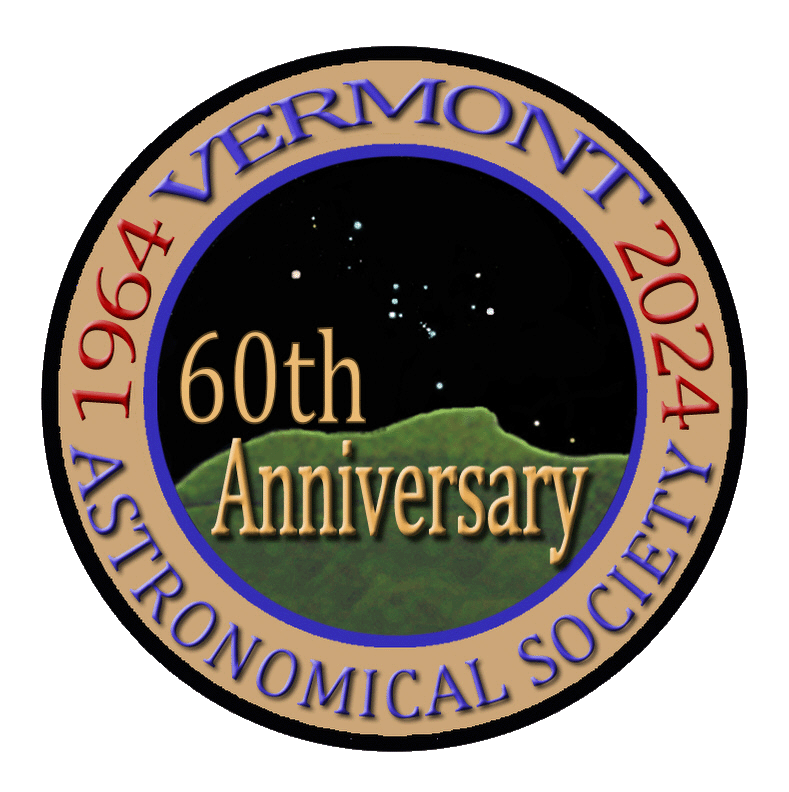This was captured from my backyard in Williston. It was my first 'processable' image using a new ASI2600MC Pro. I didn't use any filters this time, but I'm looking forward to trying another capture with a dual narrowband (H-alpha, O-III) filter to bring out more highlights.
AT60ED and field flattener
iOptron SkyGuider Pro with guiding via ASIAir Plus and an ASI120mm mini/30F4 guide scope
ASI2600 MC Pro
4 min x 30 light frames s with corresponding dark, flat, and bias calibration frames
Stacked/Processed in Siril and in Adobe Photoshop 2022
This was captured from my backyard in Williston. It was my first 'processable' image using a new ASI2600MC Pro. I didn't use any filters this time, but I'm looking forward to trying another capture with a dual narrowband (H-alpha, O-III) filter to bring out more highlights.
AT60ED and field flattener
iOptron SkyGuider Pro with guiding via ASIAir Plus and an ASI120mm mini/30F4 guide scope
ASI2600 MC Pro
4 min x 30 light frames s with corresponding dark, flat, and bias calibration frames
Stacked/Processed in Siril and in Adobe Photoshop 2022
Great capture Greg, wonderfully wide field. Nice star shape and star color. I have the same camera but haven't used it too much.
Thank you for sharing and using the forum!
Terri
I wanted to see if I could separate my OSC camera data into separate channels with the ultimate goal of trying to reproduce a Hubble Palette for some of my images. (I got a little tired of Ha/OIII colors.) I processed individual channels in Astro Pixel Processor and did color manipulation in Photoshop. I initially mapped the Ha to green, OIII to blue, and SII (for which I didn't actually have a filter) to red. Not sure what I wound up with, though!! 🤪
I don't think I succeeded in getting a Hubble Palette (in any way that can be called scientifically 'accurate') but I like the way the re-processed image looks, and I think I can actually see more detail in parts of the image.

